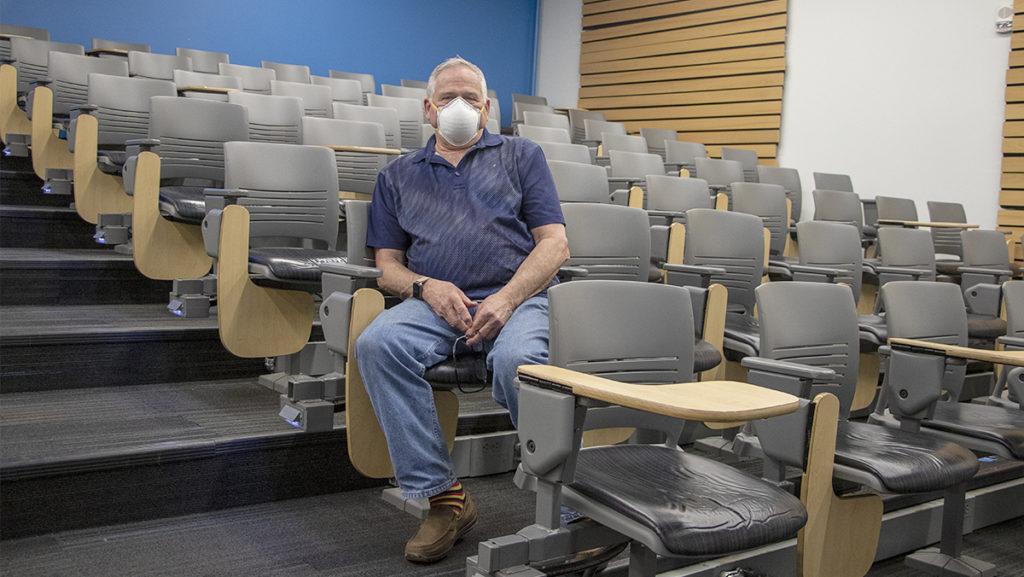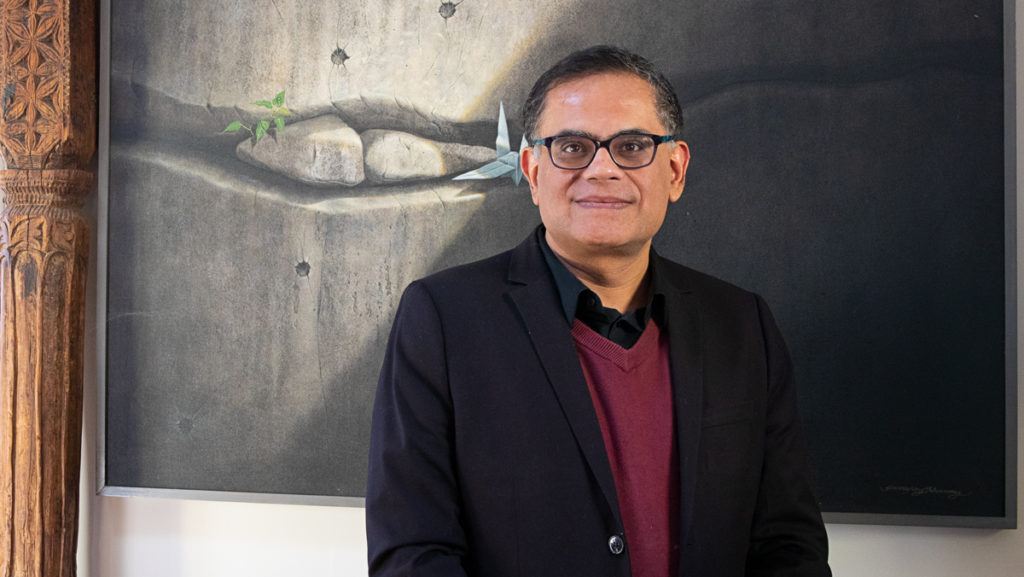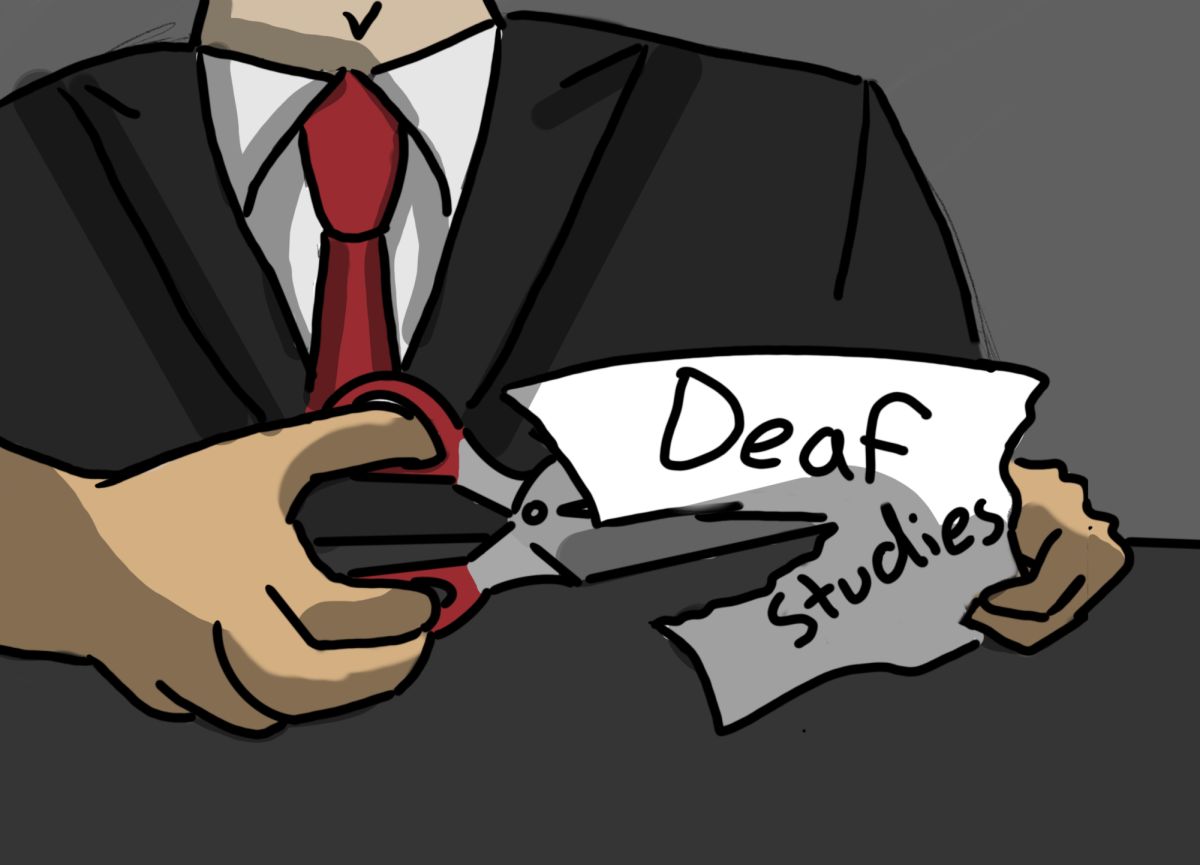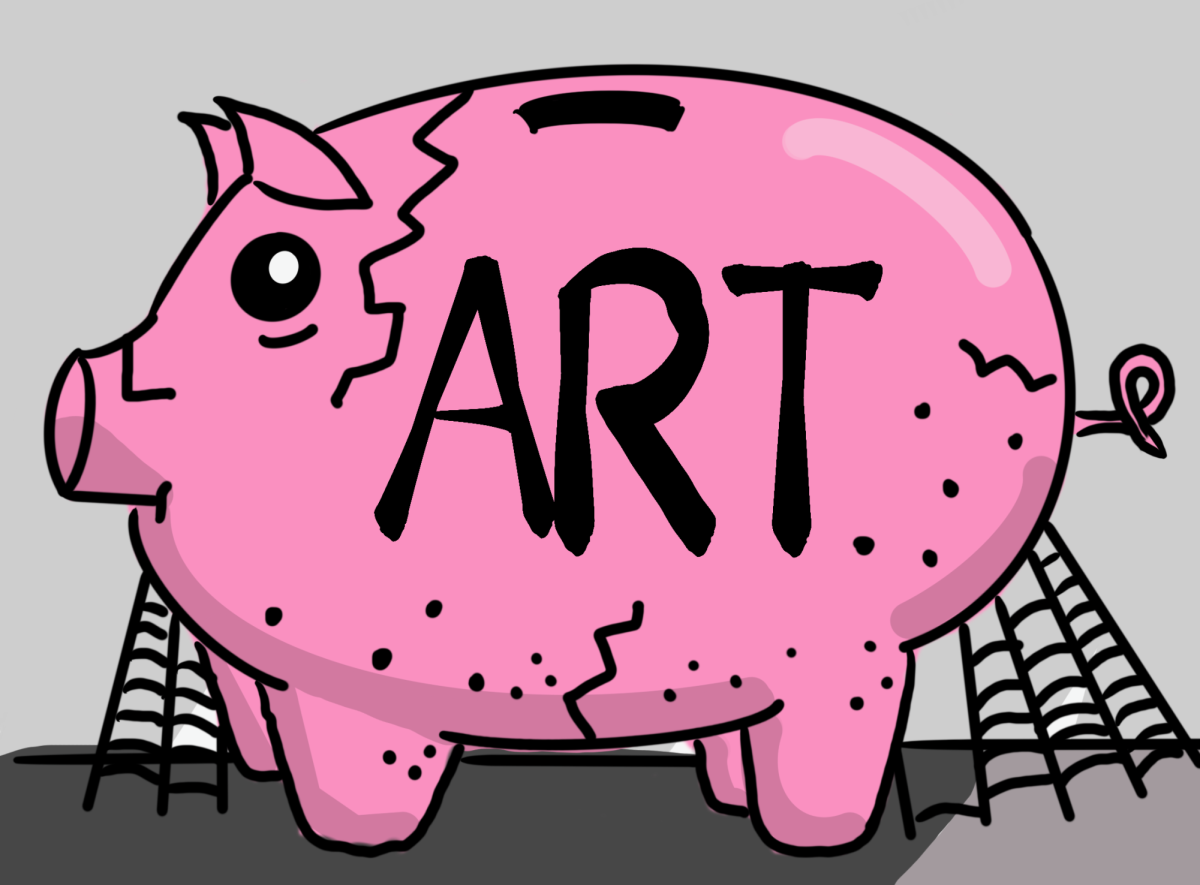The resizing of Ithaca College is an inevitability.
Over the past 20 years — across three very different administrations — Ithaca College has steadily become less competitive. In 2018, we had to accept 61% more students (10,472 vs. 6,514) than we did in 2000 just to get the same size first-year class (1,666 vs. 1,676).
At the same time, as I laid out in a recent explainer, the number of college-age students in the northeast is declining. This has been forecasted for some time; I even remember discussions about these trends when I was a student on campus 15 years ago. It’s a major concern given 80% of IC students come from New York and its neighboring states.
That forecasted decline is further exacerbated by the 2008 financial crisis, which led many families to delay having children, and the COVID-19 pandemic, which has many young people deferring or completely rethinking the college experience.
It is not helpful to assume that things can just stay the same. The college’s administrators now say that 5,000 students (4,500 undergraduate and 500 graduate) is an “aspirational” size for our college, and all of the available evidence substantiates that conclusion. Pointing fingers or trying to compare us against other institutions doesn’t change that inevitability.
A change to the size of the student population requires resizing everything else to fit. Objectively, it is not feasible to maintain the same size faculty if the student population is around 25% lower. Specific critiques of the Academic Program Prioritization (APP) proposals aside, aiming to maintain the same faculty-to-student ratio (between 11.5:1 and 12:1) makes rational and fiscal sense. It’s not a solution designed to completely solve all budget issues across the college; it’s about matching proportionality for sustainability.
As someone who was laid off from where I’d worked for nearly a decade, I know how terrible an impending job loss can feel. But having the advantage of knowing it’s coming, as I did, makes a huge difference. I was able to apply for jobs months before my final day arrived, allowing me to maintain employment with minimal interruption.
I have incredible sympathy for the brilliant faculty whose time at the college may be coming to an end in the coming months or years. But if the college is shrinking one way or another, I much prefer a scenario in which they have as much notice and support as possible. Many of the administrative staff members who the college has laid off because of the pandemic did not have the same benefit.
There is much to critique in the APP. There are unanswered questions about how curricular and extracurricular needs will be met and whether each department is being targeted properly. Our college has done terribly by our contingent faculty in recent years across multiple administrations, and that can’t be separated from how they are being treated by the layoff process. We need to figure out how we can improve the college’s competitiveness to allow for future growth. We need our leaders to be far more transparent in their communications about what options are being considered or not and why. And of course, we are still waiting to hear where other costs can and should be cut, including just how much our administrators are sacrificing from their salaries.
To tackle these questions, we have to recognize that the resizing is not something we can ignore or wish away. We can’t force IC into some kind of unchanging stasis unaffected by outside forces. Change is necessary, however painful it may be. If we can grapple with that reality, we can be far more collaborative in how we ensure that Ithaca College long resembles the college we know and love, even if it can’t be identical to what we remember.



















